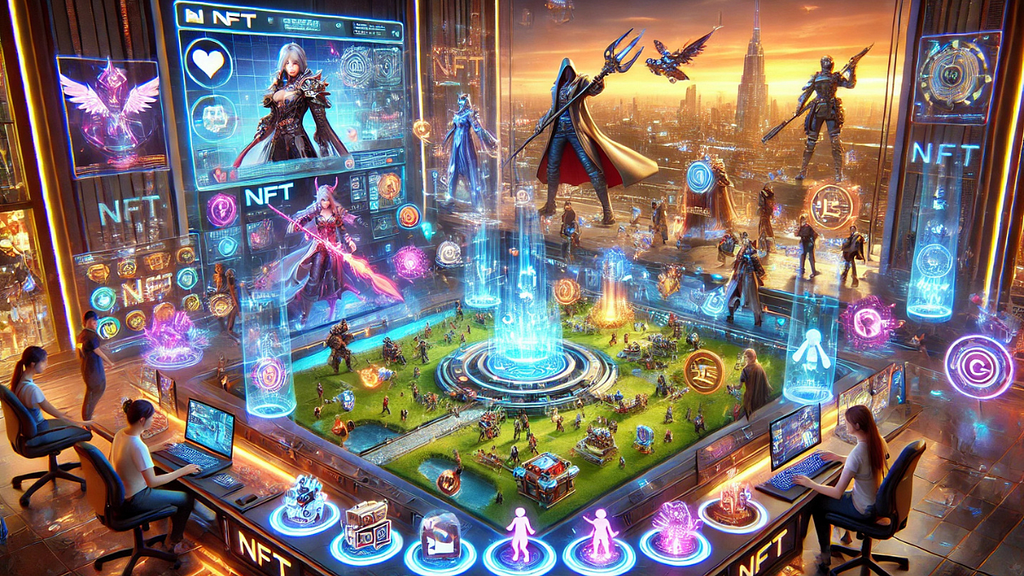Unlocking Profits: Top 10 NFT Games Set to Dominate in 2025
Play-to-Earn (P2E) games have revolutionized the gaming industry by allowing players to earn real-world value through in-game actions, such as completing tasks, winning battles, or collecting items. This innovative model has gained significant traction in recent years, especially with the integration of Non-Fungible Tokens (NFTs). NFTs, digital assets representing ownership or proof of authenticity, have enhanced the gaming experience by enabling players to truly own their in-game assets, such as characters, weapons, skins, and land. As a result, the rise of NFT-based games has created a thriving ecosystem where players can not only enjoy immersive gameplay but also earn substantial rewards, making it an attractive space for both casual gamers and serious investors.
The growing popularity of NFT games has turned them into a lucrative avenue, offering players opportunities to generate income by monetizing their skills and assets. With numerous NFT games emerging every year, 2025 promises a wide range of exciting titles that could yield high returns. This blog aims to explore the top 10 NFT games in 2025 that offer substantial earning potential, focusing on their unique features and how they stand out in the competitive world of NFT game development. As NFT game development advances, players and investors alike can benefit from understanding the evolving trends and opportunities within this dynamic market.
Table of the Content
Understanding the Earning Potential of NFT Games
What Makes NFT Games Profitable?
Trends Shaping the NFT Gaming Industry in 2025
Top 10 NFT Games with the Biggest Earning Potential in 2025
· 1. Axie Infinity
· 2. The Sandbox
· 3. Decentraland
· 4. Illuvium
· 5. Star Atlas
· 6. Gods Unchained
· 7. F1 Delta Time
· 8. My Neighbor Alice
· 9. Mirandus
· 10. Alien Worlds
Key Factors That Impact Earning Potential in NFT Games
How to Maximize Earnings in NFT Games
Conclusion
FAQ
Understanding the Earning Potential of NFT Games
NFT games offer a unique earning potential by enabling players to monetize their in-game assets, such as rare items, characters, and land, through blockchain technology. These assets, represented as Non-Fungible Tokens (NFTs), can be bought, sold, or traded on various marketplaces, allowing players to profit from their gameplay. In addition, many NFT games integrate Play-to-Earn (P2E) mechanics, where players earn tokens or rewards for completing tasks, battling opponents, or contributing to the game’s ecosystem. As NFT game development continues to evolve, the earning potential grows, attracting both gamers seeking financial rewards and investors looking for long-term gains.
What Makes NFT Games Profitable?
1. NFT Integration
NFTs are integrated into games as digital assets that players can own, trade, and utilize within the game. These include collectible items like skins, characters, and weapons, as well as in-game rewards that have real-world value. NFTs enable players to have true ownership of their assets, allowing them to trade or sell them in external marketplaces. This ownership model drives both in-game and external economies, making NFTs a central element of profitability.
2. Earning Mechanisms
Players can earn through various mechanisms, such as trading NFTs, staking tokens, and participating in in-game events. NFTs can be bought and sold on marketplaces, allowing players to profit from market fluctuations. Staking tokens provide passive income through rewards or interest, while in-game events or achievements offer opportunities to earn exclusive NFTs or tokens. These diverse earning methods keep players engaged and contribute to the overall profitability of the game.
3. Sustainability
A sustainable in-game economy is crucial to maintaining the value of NFTs over time. Proper tokenomics and control over the inflation of in-game assets help preserve the rarity and value of NFTs. Games that carefully manage their economy, ensuring a balanced supply and demand for NFTs, will create lasting demand for assets and tokens, making the game profitable for both developers and players in the long run.
Trends Shaping the NFT Gaming Industry in 2025
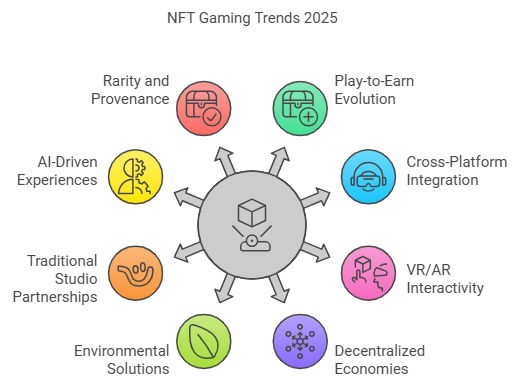
1. Play-to-Earn (P2E) Evolution
In 2025, the Play-to-Earn model will continue to evolve, with more focus on sustainable, rewarding gameplay. Developers will integrate deeper economic systems, offering players not just NFTs but opportunities to earn valuable tokens through skill-based play. These systems will be designed to avoid inflation and ensure long-term profitability for both players and developers. Additionally, the rise of Play-and-Earn models will allow players to earn while experiencing enjoyable, immersive gameplay rather than just grind-based tasks.
2. Cross-Platform and Metaverse Integration
NFT games will become increasingly connected to the metaverse, with assets and characters that can seamlessly transfer between games and virtual worlds. This cross-platform interoperability will encourage players to engage with multiple NFT games and provide more value to their in-game assets. Metaverse-linked NFT games will allow players to use their characters, items, and land in different virtual environments, driving greater utility and demand for NFTs.
3. Enhanced Interactivity and Immersion with VR/AR
Virtual Reality (VR) and Augmented Reality (AR) will play a larger role in NFT gaming. By 2025, more NFT games will incorporate VR and AR technologies to offer players immersive experiences. Virtual worlds will be more interactive, with players able to fully engage in environments where NFTs take on new dimensions, from exploring fully virtual landscapes to interacting with real-world assets in augmented formats.
4. Decentralized Gaming Economies
The integration of blockchain technology will give rise to fully decentralized game economies, where players can truly own and trade in-game assets without the need for a central authority. This trend will lead to more decentralized finance (DeFi) features such as staking, liquidity pools, and governance tokens. Players will be able to have a say in the development of games and the future of their in-game economy, creating a more participatory model for NFT games.
5. Environmental Concerns and Green Blockchain Solutions
As awareness of the environmental impact of blockchain technology grows, NFT games will increasingly adopt eco-friendly blockchain solutions. In 2025, there will be a push for energy-efficient blockchains, with some games moving to proof-of-stake or other sustainable consensus mechanisms. The rise of green NFTs and carbon-neutral games will attract environmentally conscious players and investors.
6. Partnerships with Traditional Gaming Studios
In 2025, more traditional gaming giants will explore NFT integration, leading to collaborations that bridge the gap between traditional and blockchain gaming. These partnerships will bring credibility and mainstream recognition to the NFT gaming space, pushing NFTs into the gaming mainstream and ensuring wider adoption. Expect to see well-known studios creating limited-edition NFTs, launching virtual economies within their franchises, and leveraging blockchain technology for in-game economies.
7. AI-Driven Experiences in NFT Games
Artificial Intelligence (AI) will enhance NFT gaming experiences by introducing dynamic, player-driven ecosystems. AI will be used to create intelligent NPCs, evolving narratives, and responsive in-game economies. Personalized experiences will be more common, where the game environment adapts to player behavior, making the gameplay more engaging and rewarding. AI will also facilitate the creation of procedurally generated content, allowing for unique experiences and assets for every player.
Top 10 NFT Games with the Biggest Earning Potential in 2025
The top 10 NFT games with the biggest earning potential in 2025, offering unique opportunities to profit!
1. Axie Infinity
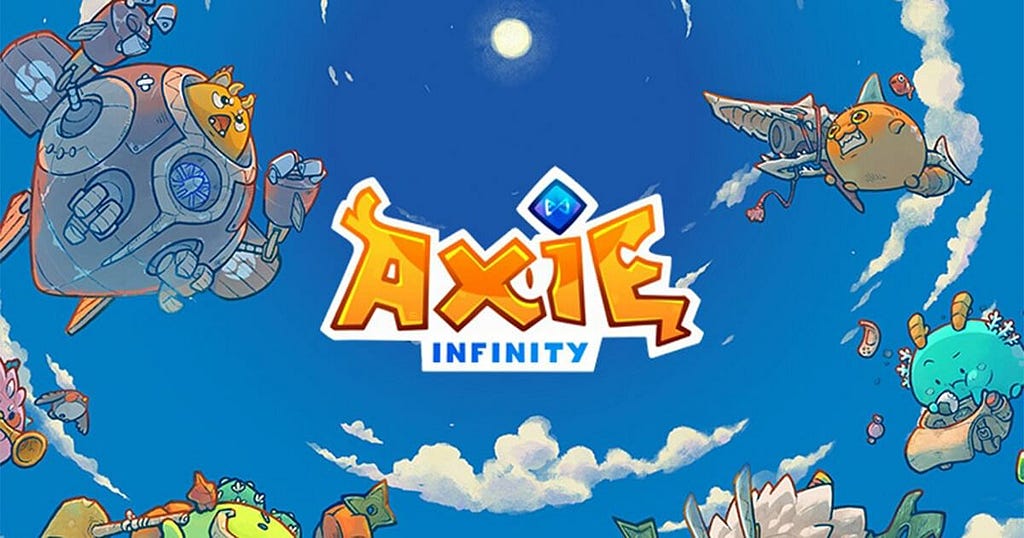
Axie Infinity remains a dominant force in the NFT gaming world, with its unique play-to-earn model attracting players globally. The game’s blockchain-based ecosystem continues to evolve, offering new ways for users to engage and profit.
2025 Updates:
In 2025, Axie Infinity introduces major updates, including enhanced land gameplay, where players can now build, farm, and develop their land for resource production and strategic advantages. Additionally, new NFT characters and abilities expand the variety of Axies, allowing for more personalized gameplay. These updates aim to keep the game fresh and engaging.
Earning Potential:
Players can earn through various methods, including battling other players for rewards, breeding rare Axies to sell in the marketplace, and owning virtual land, which generates passive income through resource gathering or by leasing the land to others.
2. The Sandbox
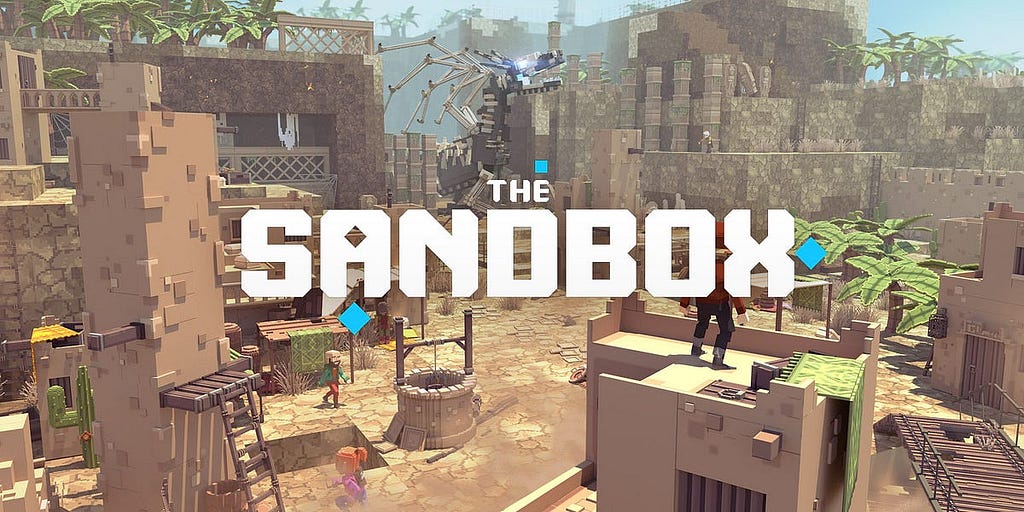
The Sandbox is a leading virtual world metaverse game where players can create, own, and monetize their in-game assets. Built on the Ethereum blockchain, it allows users to develop immersive experiences in a decentralized environment.
2025 Updates:
In 2025, The Sandbox will expand with major collaborations, integrating popular brands and IPs into its metaverse. New in-game assets, including advanced avatars, interactive items, and exclusive experiences, are introduced. Game development trends emphasize enhanced user-generated content as tools for creators become more sophisticated, allowing for even richer, interactive worlds.
Earning Potential:
Landowners profit by selling or leasing plots of virtual real estate. Creators can design and sell assets, such as custom objects or avatars, while game developers can monetize experiences through play-to-earn mechanics. Players can also earn by participating in exclusive events and collaborations and by creating popular content that attracts other users.
3. Decentraland
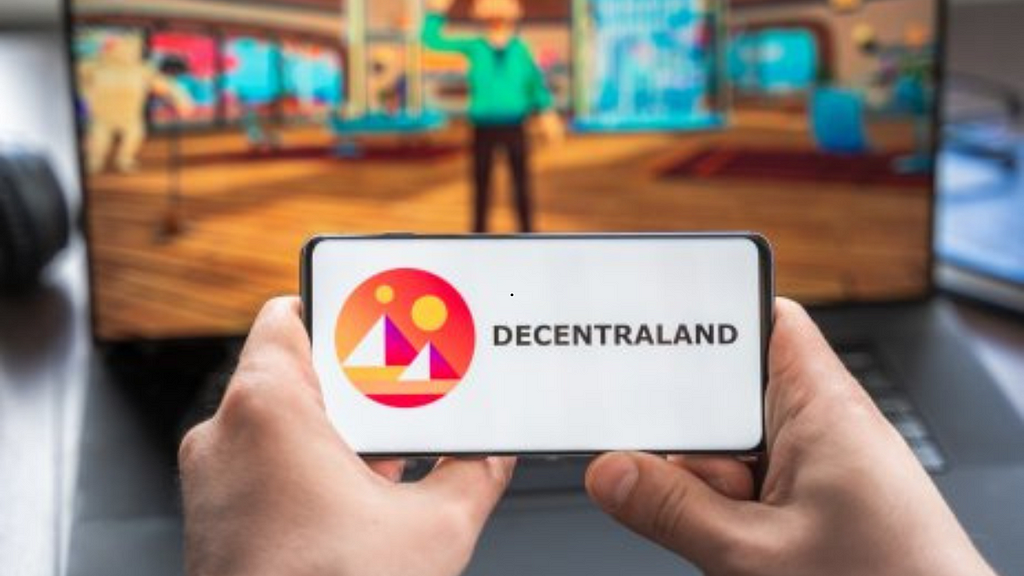
Decentraland is a virtual reality platform built on the Ethereum blockchain where users can explore, own, and trade virtual real estate. The platform allows players to create and interact within their own virtual spaces, offering a dynamic metaverse experience.
2025 Updates:
In 2025, Decentraland introduces new opportunities for creators and entrepreneurs. Enhanced development tools enable more intricate designs and interactive experiences, empowering users to build and monetize virtual assets like games, events, and experiences. Partnerships with major brands offer exciting new content and sponsorships.
Earning Potential:
Landowners can earn by selling or leasing virtual properties. Builders and creators can monetize by designing unique assets, virtual environments or hosting paid events. Additionally, entrepreneurs can capitalize on their creativity by launching virtual businesses or in-game services, generating income from user participation and transactions within the metaverse.
4. Illuvium
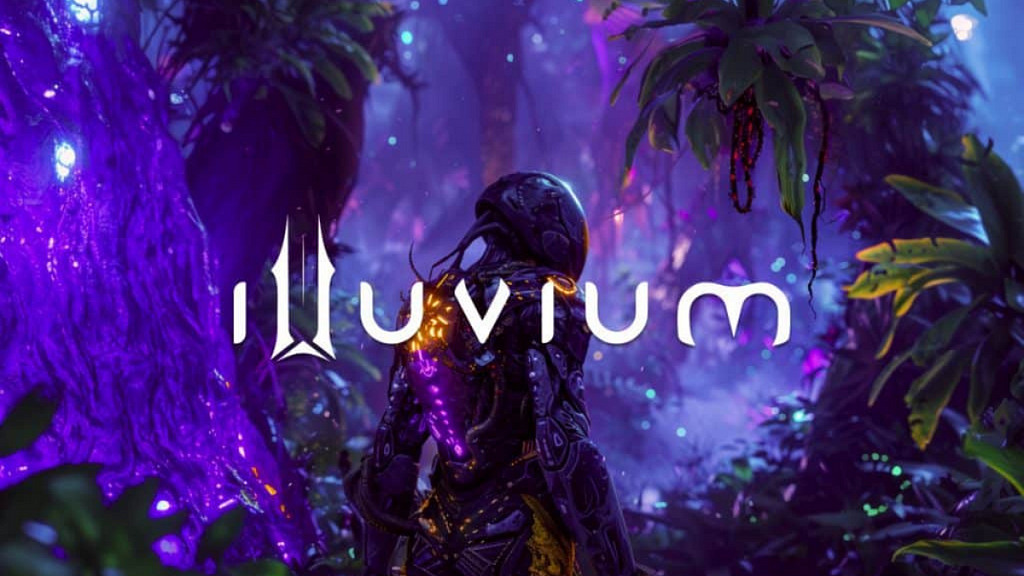
Illuvium is a highly anticipated RPG that combines traditional gaming elements with deep NFT integration. Set in an expansive, open-world universe, it offers players the chance to capture and battle with creatures called “Illuvials,” each represented as NFTs.
2025 Updates:
In 2025, Illuvium will expand with new gameplay features, including larger exploration zones and additional Illuvial species with unique abilities. The game also introduces enhanced staking opportunities, allowing players to earn passive income while engaging in the game’s economy. New character releases and events continue to refresh the gameplay.
Earning Potential:
Players can earn by engaging in combat, capturing rare Illuvials, and breeding them for unique NFTs. These Illuvials can be traded on the marketplace for profit. Additionally, staking Illuvium tokens rewards players with regular payouts, and trading or selling Illuvials in-game adds to the earning potential.
5. Star Atlas
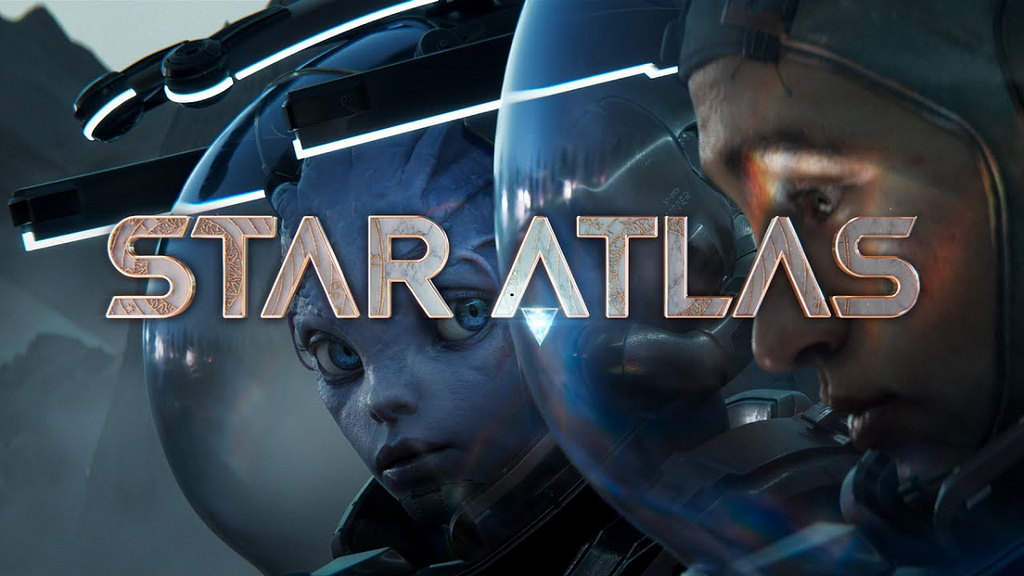
Star Atlas is an immersive space exploration game that blends NFTs and the metaverse, allowing players to explore a vast universe, engage in battles, mine resources, and own virtual assets. It combines space strategy with economic simulation, creating a dynamic experience.
2025 Updates:
In 2025, Star Atlas will introduce new ships, offering advanced customization options and enhanced gameplay mechanics. Missions expand with more complex objectives, deepening the storyline and player engagement. In-game economic features are also upgraded, allowing for more intricate resource management and trade.
Earning Potential:
Players can profit by mining valuable resources in the game’s expansive universe, with these materials usable for crafting or selling. Ship NFTs offer opportunities for trade and leasing, while land ownership allows players to generate income through mining or resource management. The sale and trade of in-game assets, such as ships and land, remain key profit avenues.
6. Gods Unchained
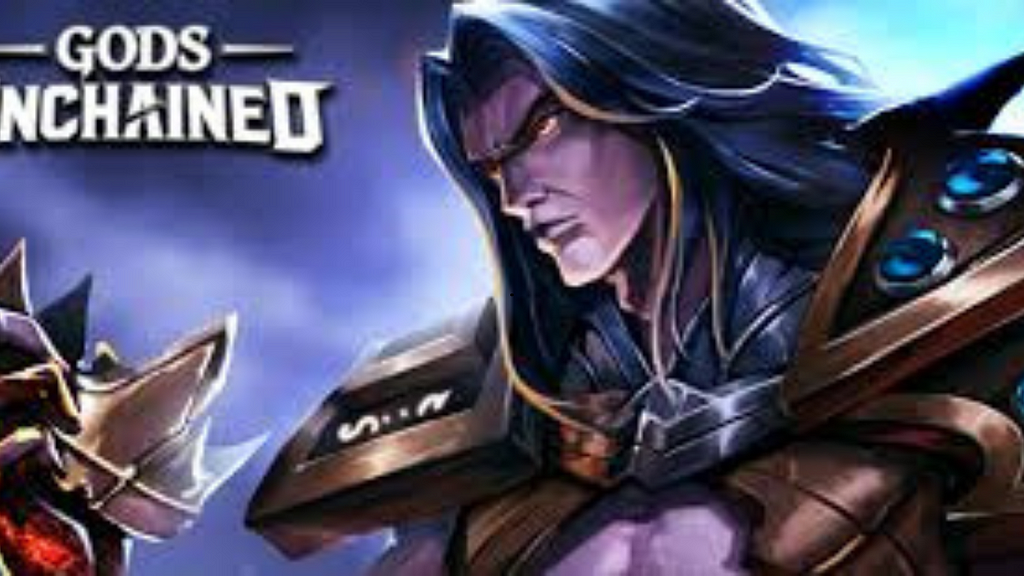
Gods Unchained is a competitive, NFT-based card game where players battle using decks of unique, blockchain-based cards. Each card is an NFT, providing true ownership and the ability to trade or sell them on secondary markets. The game combines strategic gameplay with the economic potential of NFTs.
2025 Updates:
In 2025, Gods Unchained introduces enhanced mechanics, offering deeper strategies and new gameplay modes. Player rewards are expanded, with better incentives for participation and skill development. Additionally, more card sets and limited-edition releases provide fresh opportunities for collectors and competitive players.
Earning Potential:
Players can earn by collecting rare and powerful cards, which can be sold or traded on marketplaces. Tournament prizes offer significant rewards, while successful players can monetize by selling high-value cards. The game’s evolving card economy provides continuous earning potential for strategic and competitive players.
7. F1 Delta Time
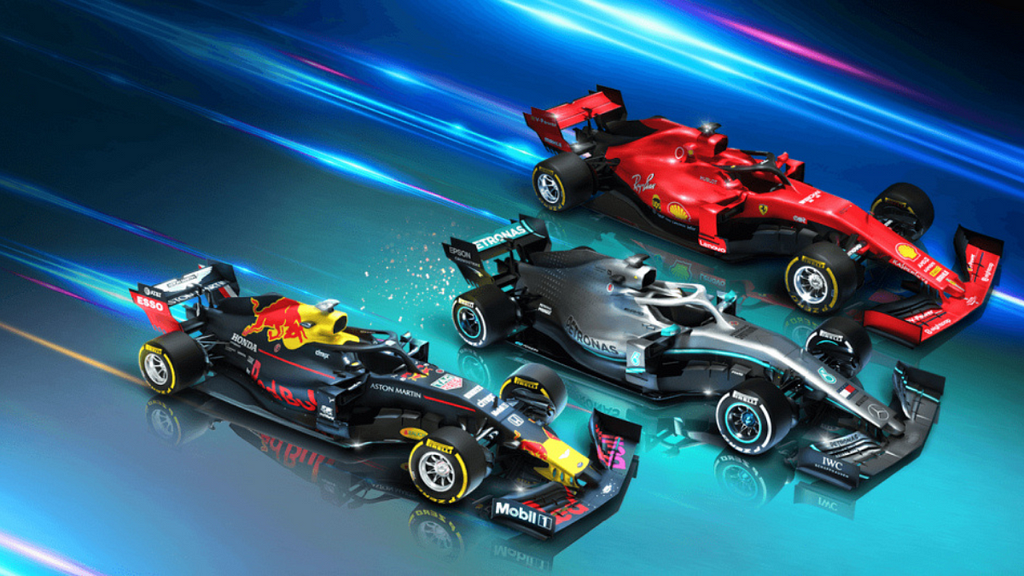
F1 Delta Time is a Formula 1-themed racing game that integrates NFTs for car assets, driver cards, and race tracks. Players can collect, trade, and race their NFTs, offering a unique blend of competitive racing and blockchain technology.
2025 Updates:
In 2025, F1 Delta Time introduced new car models, each with distinctive attributes that affect performance, and new driver cards that enhance racing strategies. Additionally, race track NFTs are expanded, offering players new environments and challenges to conquer. The game’s visuals and mechanics are also refined for a more immersive experience.
Earning Potential:
Players can earn by participating in races, where performance-based rewards can be earned in NFTs or tokens. Rare car models, driver cards, and track NFTs can be traded on secondary markets for profit. Limited-time events and special races also offer exclusive earnings opportunities.
8. My Neighbor Alice

My Neighbor Alice is a charming farming and community-building game that integrates NFTs, allowing players to own virtual land, farm, craft, and interact with others in a vibrant world. The game offers a social, relaxing experience while blending play-to-earn mechanics.
2025 Updates:
In 2025, the game expands its economy with new features that increase player-to-player interaction, including co-op farming, trading, and collaborative quests. A broader range of crafting materials and in-game items is introduced, offering more ways for players to engage and profit.
Earning Potential:
Players can earn by farming crops, raising animals, and crafting valuable items to sell in the marketplace. Virtual land, represented as NFTs, can be bought, sold, or rented for profit. Players can also earn by completing tasks or offering in-game services to others in the community, further enhancing earning opportunities.
9. Mirandus
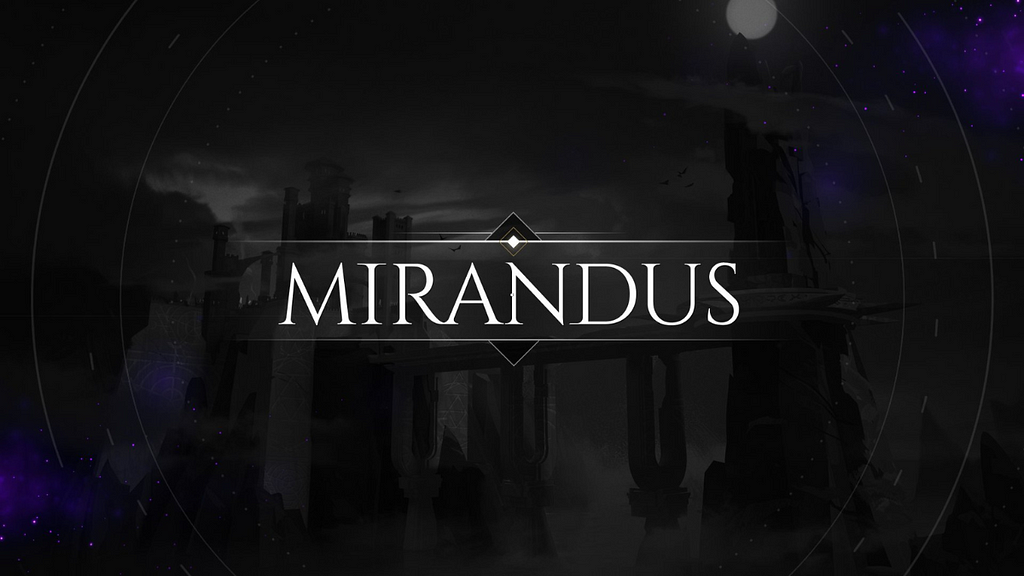
Mirandus is a fantasy MMORPG that emphasizes decentralized gameplay, allowing players to own and control assets within the game’s expansive world. With a player-driven economy, it offers a unique blend of exploration, combat, and creativity in a fully immersive metaverse.
2025 Updates:
In 2025, Mirandus introduces new adventures, expanding the game’s storyline and quest system. Asset development is enhanced, with more customizable items and structures, and economic growth is encouraged through player-run markets and trading. Additionally, new features in the game’s ecosystem provide richer gameplay experiences.
Earning Potential:
Players can earn through land ownership, allowing them to generate passive income by farming, mining, or building on their land. Crafting rare items and weapons for sale offers another avenue for profit. The job system allows players to take on various roles, such as merchant or blacksmith, earning rewards for their contributions to the game’s economy.
10. Alien Worlds
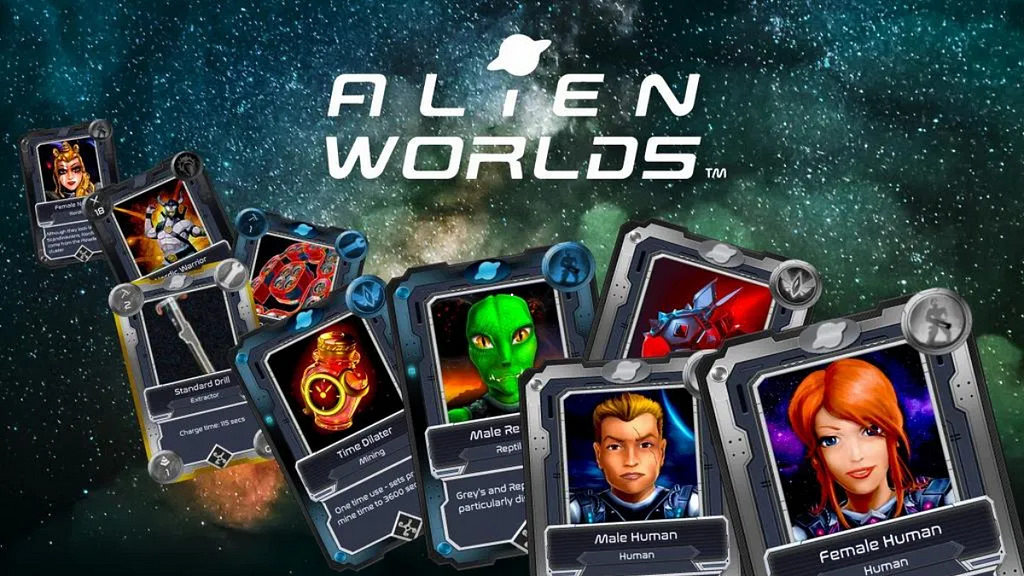
Alien Worlds is a sci-fi metaverse where players explore planets, mine resources, and engage in missions. With a focus on NFTs and decentralized gameplay, players can own land and participate in a dynamic economy within the game’s universe.
2025 Updates:
In 2025, Alien Worlds will introduce new planets to explore, each with unique resources and challenges. Mining mechanics are updated for more interactive and rewarding gameplay while the dynamics of NFT land ownership evolve, offering new ways for players to generate income. Enhanced missions and in-game events keep the gameplay fresh and engaging.
Earning Potential:
Players can earn by mining valuable resources, which can be traded or sold in the game’s marketplace. Mission rewards offer additional earning opportunities while owning NFT land allows for passive income through resource extraction or leasing land to other players. The game’s evolving economy continues to provide diverse ways for players to profit.
Key Factors That Impact Earning Potential in NFT Games
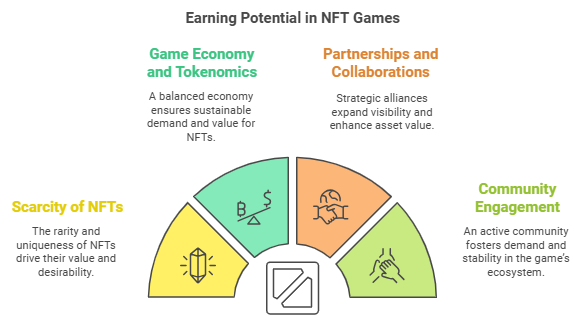
1. Scarcity of NFTs:
The rarity and scarcity of NFTs are primary drivers of their value in NFT games. Limited-edition items, unique assets, and one-of-a-kind collectibles tend to attract high demand. When NFTs are scarce, their perceived value increases, making them more desirable and lucrative for players and investors. Rare NFTs tied to in-game achievements, special events, or hard-to-access content are often seen as status symbols, further enhancing their market value.
2. Game Economy and Tokenomics:
A well-designed game economy and tokenomics are essential to ensure the sustainability and long-term earning potential of NFTs. A balanced economy ensures that the distribution of in-game assets, tokens, and rewards is fair and promotes healthy demand for NFTs. Sustainable tokenomics also helps avoid inflationary pressures that could reduce the value of NFTs over time. The use of staking, liquidity pools, and reward systems encourages continuous participation from players, contributing to the overall earning potential of the game’s ecosystem.
3. Partnerships and Collaborations:
Strategic partnerships and collaborations significantly impact the earning potential of NFT games by increasing visibility and expanding the player base. Collaborations with well-known brands, influencers, or other blockchain projects can drive traffic to the game, boost player engagement, and enhance the credibility of the game’s assets. For instance, partnerships with popular gaming franchises or celebrities can result in exclusive NFT drops, attracting collectors and driving up the value of in-game assets. Such collaborations also unlock new avenues for revenue through cross-promotion and shared audiences.
4. Community Engagement:
An engaged and active community is crucial for the success of an NFT game. A passionate player base creates demand for NFTs and keeps the game’s economy dynamic. Communities that participate in governance, share strategies, and actively trade NFTs help maintain liquidity and stability in the market. Regular interaction with the game’s developers and frequent community-driven events can further strengthen the ecosystem, ensuring consistent player engagement and higher earning potential for the game’s assets. An active community also increases the game’s visibility and credibility, attracting new players and investors.
How to Maximize Earnings in NFT Games
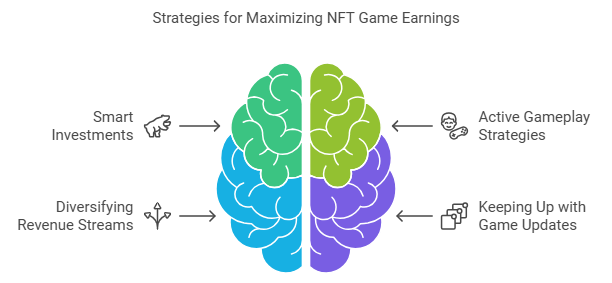
1. Smart Investments
Maximizing earnings in NFT games starts with identifying valuable NFTs early in the game’s lifecycle. To do this, research the game’s economy, community, and asset demand. Look for NFTs tied to rare or limited-edition items, assets with long-term utility, or collectibles with a strong community following. Timing is key, so invest early in NFTs that are undervalued but show strong potential for future demand, such as those tied to major in-game events or milestones.
2. Active Gameplay Strategies
Earning potential in NFT games can be significantly boosted by efficient and smart gameplay. Focus on optimizing your time in the game to maximize rewards — whether through completing high-yield quests, farming rare items, or participating in events that offer exclusive NFTs. Prioritize in-game actions that contribute to earning valuable tokens or collectibles, and consider playing for strategic gains, like staking or upgrading NFTs that can be sold or traded later.
3. Diversifying Revenue Streams
To maximize earnings, diversify your revenue streams within the game’s ecosystem. This could involve staking your tokens to earn passive rewards, trading rare NFTs in the marketplace, or owning and developing virtual land. Many NFT games offer staking mechanisms where you can lock up tokens or assets in exchange for interest or rewards over time. Trading NFTs in the marketplace allows you to capitalize on price fluctuations while owning land in a metaverse game can provide income through rental, development, or participation in land-based events.
4. Keeping Up with Game Updates
Staying updated with patches, updates, and new releases is essential for maximizing earnings. Developers often release new content, mechanics, or limited-edition NFTs that can significantly affect the value of in-game assets. By staying informed on upcoming changes, you can anticipate market trends, invest in upcoming assets, or participate in special events that provide lucrative rewards.
Conclusion:
As we’ve explored, the top 10 NFT games in 2025 offer significant earning potential, each bringing unique gameplay mechanics and investment opportunities that are set to shape the future of the gaming industry. From rare collectible items to immersive virtual worlds, these games are positioned at the intersection of entertainment and profit. Staying updated with industry trends and developments is crucial for players and investors looking to make the most of this burgeoning market. By strategically engaging with these games, users can unlock profitable opportunities while being part of the rapidly evolving world of NFT game development. Exploring these titles could be the key to maximizing your returns in the dynamic NFT gaming ecosystem.
FAQ
1. What is the best way to earn money in NFT games?
The best ways to earn money in NFT games are through trading valuable in-game assets (such as land, NFTs, or cards), participating in tournaments or battles, and staking tokens. Many games also allow you to earn passive income through staking or providing liquidity to in-game economies.
2. Can I make a full-time income playing NFT games in 2025?
While it is possible to make a significant income from NFT games, making a full-time income depends on the game, your strategy, and the amount of time you dedicate to it. As the space matures, the earning potential increases, but success often requires an understanding of market trends, rarity, and strategic investments.
3. What are the risks of investing in NFT games?
Risks include market volatility, where the value of NFTs can fluctuate, and the possibility that a game may lose popularity over time. Additionally, there are concerns about scams or poorly developed projects, so it’s essential to research games thoroughly before investing.
4. How do NFT game economies work?
NFT game economies are built on tokens and NFTs. Players earn through actions such as trading NFTs, completing in-game tasks, or staking tokens. These games often have their own native cryptocurrency, which can be traded or used to purchase assets. A well-balanced economy helps ensure long-term profitability.
5. Are NFT games safe to play and invest in?
Most NFT games are built on blockchain technology, which offers a degree of security, but risks still exist. It’s important to only invest in well-established games or those with a solid track record and always ensure your digital assets are stored securely in a crypto wallet. Research each game’s reputation before committing large sums.
Top 10 NFT Games with the Biggest Earning Potential in 2025 was originally published in The Capital on Medium, where people are continuing the conversation by highlighting and responding to this story.
